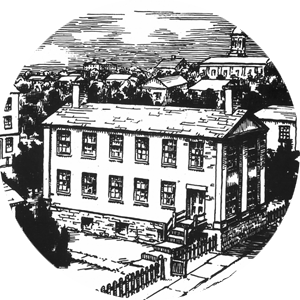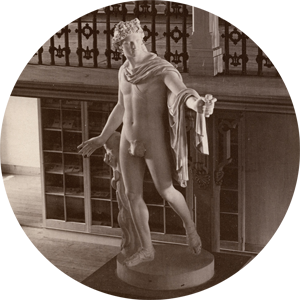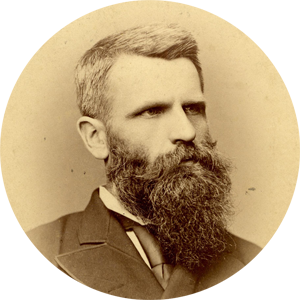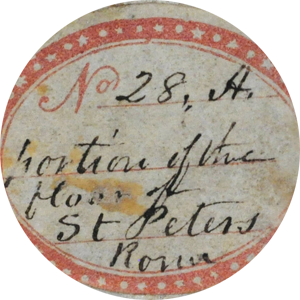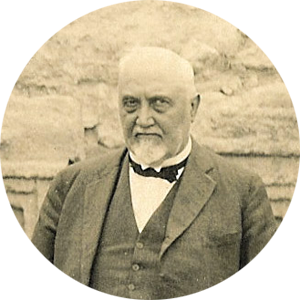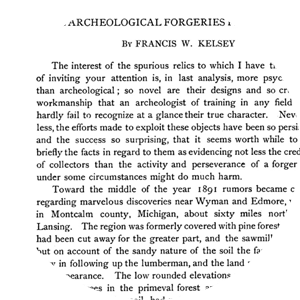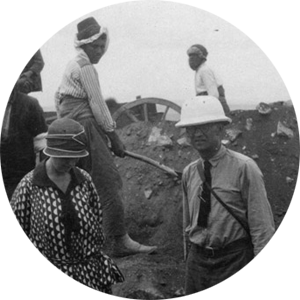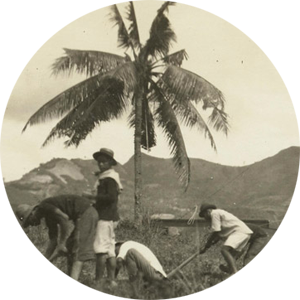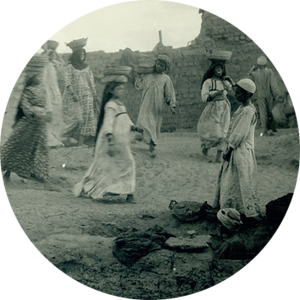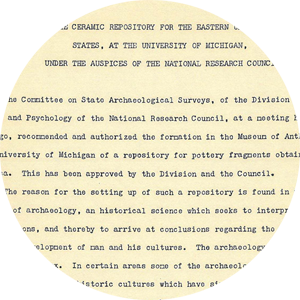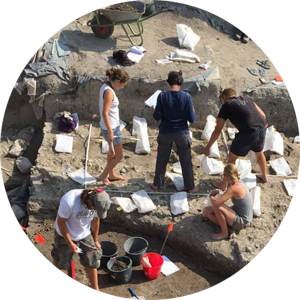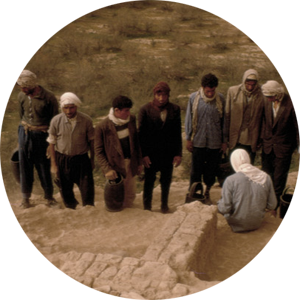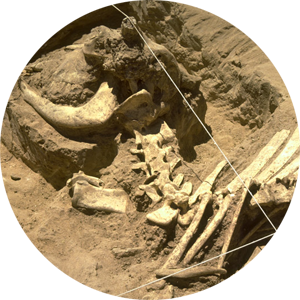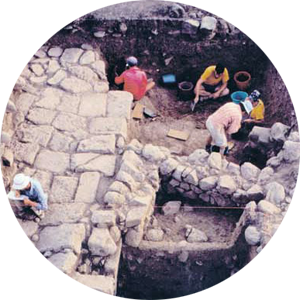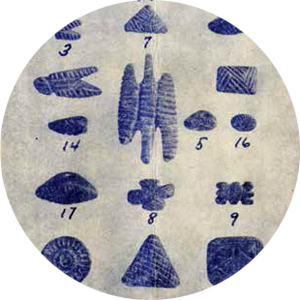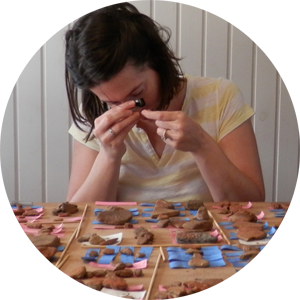Collecting the Classical Heritage: From Casts to Kelsey

In the 19th century, ancient Greece and Rome were considered fundamental to Western culture and they were an important focus of early archaeological collecting at the University of Michigan. The earliest Classical material at Michigan consisted of plaster casts and copies of ancient sculptures, a common practice in museums at the time. When Francis Kelsey came to the University in 1889, he quickly expanded the collections to include objects of daily life and culture in the Greek and Roman world. His earliest acquisitions—pottery lamps from the Roman period—were purchased in Tunisia in 1893. His collecting interests soon grew to include examples of Greek, Etruscan, and Roman decorated pottery, inscriptions, sculpture, and coins. He frequently acquired established holdings, including portions of the Italian priest Giuseppe De Criscio’s important collection of Latin inscriptions and sculpture, and Giovanni Dattari’s impressive collection of Greek and Roman coins. Kelsey's later efforts were directed toward acquiring ancient remnants of Classical literature in papyri from Egypt. This led to his starting an ambitious program of archaeological excavations in 1924.
Selected Objects

- Latin funerary inscription for Aulus Allienus Alexander
- Marble, paint
- 1st century AD
- Rome (outside the Porta Salaria), Italy
- Dennison Collection Purchase, 1909
- KM 1434
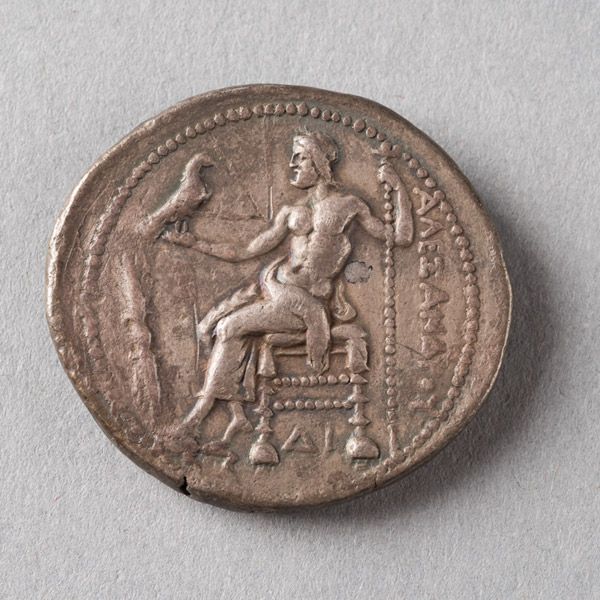
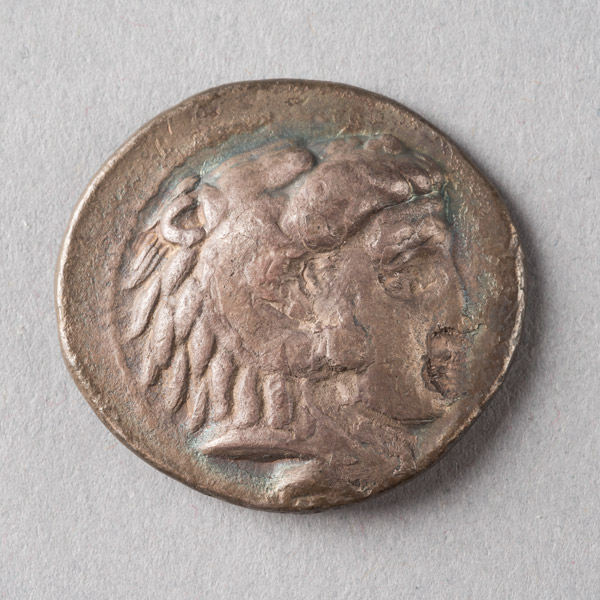
- Coin of Philip II of Macedonia
- Silver
- 359–336 BC
- Macedonia
- Giovanni Dattari Collection Donation, 1909
- KM 81259
Gallery Photo


